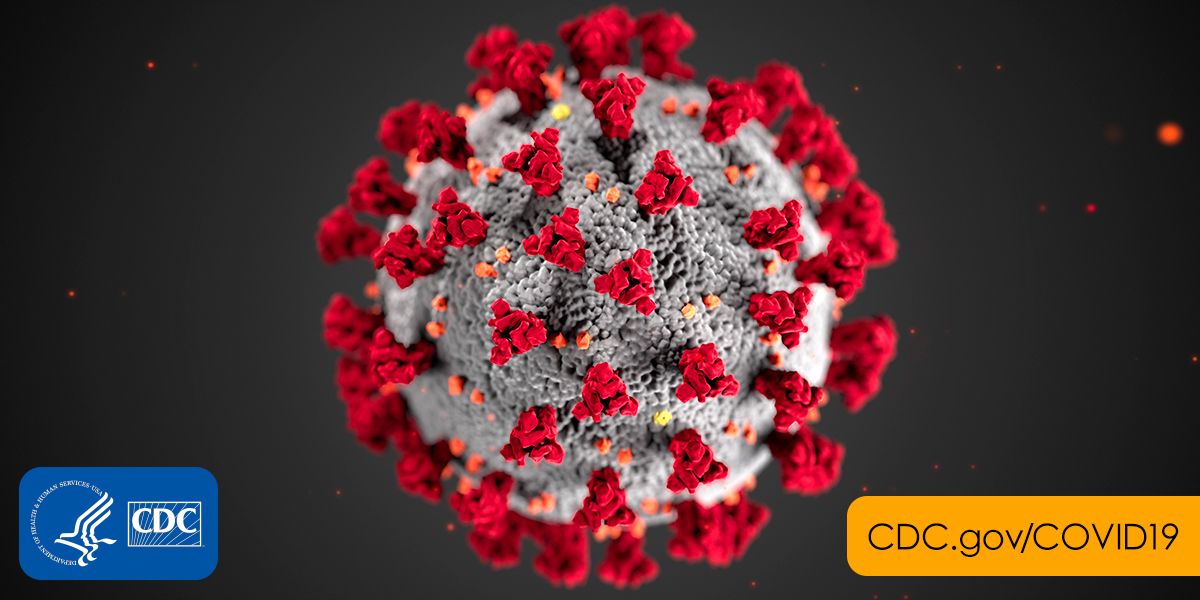COVID-19 Pneumonia Traits Help ID and Distinguish Virus
Similar characteristics can determine disease severity and extent.

The majority of patients who develop COVID-19 pneumonia share several characteristics visible on CT scans that could help radiologists determine the extent and severity of disease, according to new research.
In a study published online Tuesday in the American Journal of Roentgenology, researchers from China revealed evidence from a multi-center study that indicates the shared findings seen on the lung scans of infected patients could help medical professionals rule out other infections that present in similar ways.
“Infections by other viruses, such as influenza A and influenza B, can cause the same clinical symptoms as COVID-19, which makes clinical diagnosis of COVID-19 pneumonia difficult, especially during flu season,” wrote the team, led by Wei Zhao and Zheng Zhong from The Second Xiangya Hospital and First Hospital of Changsha, respectively.
To determine if COVID-19 has some hallmark traits, the researchers reviewed CT scans for 101 patients from four institutions in China’s Hunan province – 87 non-emergency and 14 emergency cases. Roughly 70 percent were between the ages of 21 and 50. Most emergency patients were older, but the rate of underlying disease between the groups wasn’t significantly different.
Based on the image analyses, the investigators determined patients with COVID-19 pneumonia shared these findings on CT scans: ground-glass opacities (86.1 percent), mixed ground-glass opacities and consolidation (64.4 percent), and vascular enlargement in the lesions (71.3 percent). In addition, identified lesions were more likely to have peripheral distribution (87.1 percent) and bilateral involvement (82.2 percent), as well as be lower lung predominant (54.5 percent) and multi-focal (54.5 percent).
It’s important to note, the researchers said, that the rate of underlying disease between the two groups wasn’t significantly different, pointing to the importance of viral load when determining the severity and extent of COVID-19 pneumonia. They pointed to the statistical differences in architectural distortion, traction bronchiectasis, and pleural effusions that could reflect the viral load and severity of COVID-19 pneumonia between the two groups as a way to distinguish emergency cases.
Additionally, they said, the CT involvement score could play a role in determining the seriousness and extent of each case of COVID-19 pneumonia.
Meta-Analysis Shows Merits of AI with CTA Detection of Coronary Artery Stenosis and Calcified Plaque
April 16th 2025Artificial intelligence demonstrated higher AUC, sensitivity, and specificity than radiologists for detecting coronary artery stenosis > 50 percent on computed tomography angiography (CTA), according to a new 17-study meta-analysis.
The Reading Room: Racial and Ethnic Minorities, Cancer Screenings, and COVID-19
November 3rd 2020In this podcast episode, Dr. Shalom Kalnicki, from Montefiore and Albert Einstein College of Medicine, discusses the disparities minority patients face with cancer screenings and what can be done to increase access during the pandemic.
Could Lymph Node Distribution Patterns on CT Improve Staging for Colon Cancer?
April 11th 2025For patients with microsatellite instability-high colon cancer, distribution-based clinical lymph node staging (dCN) with computed tomography (CT) offered nearly double the accuracy rate of clinical lymph node staging in a recent study.